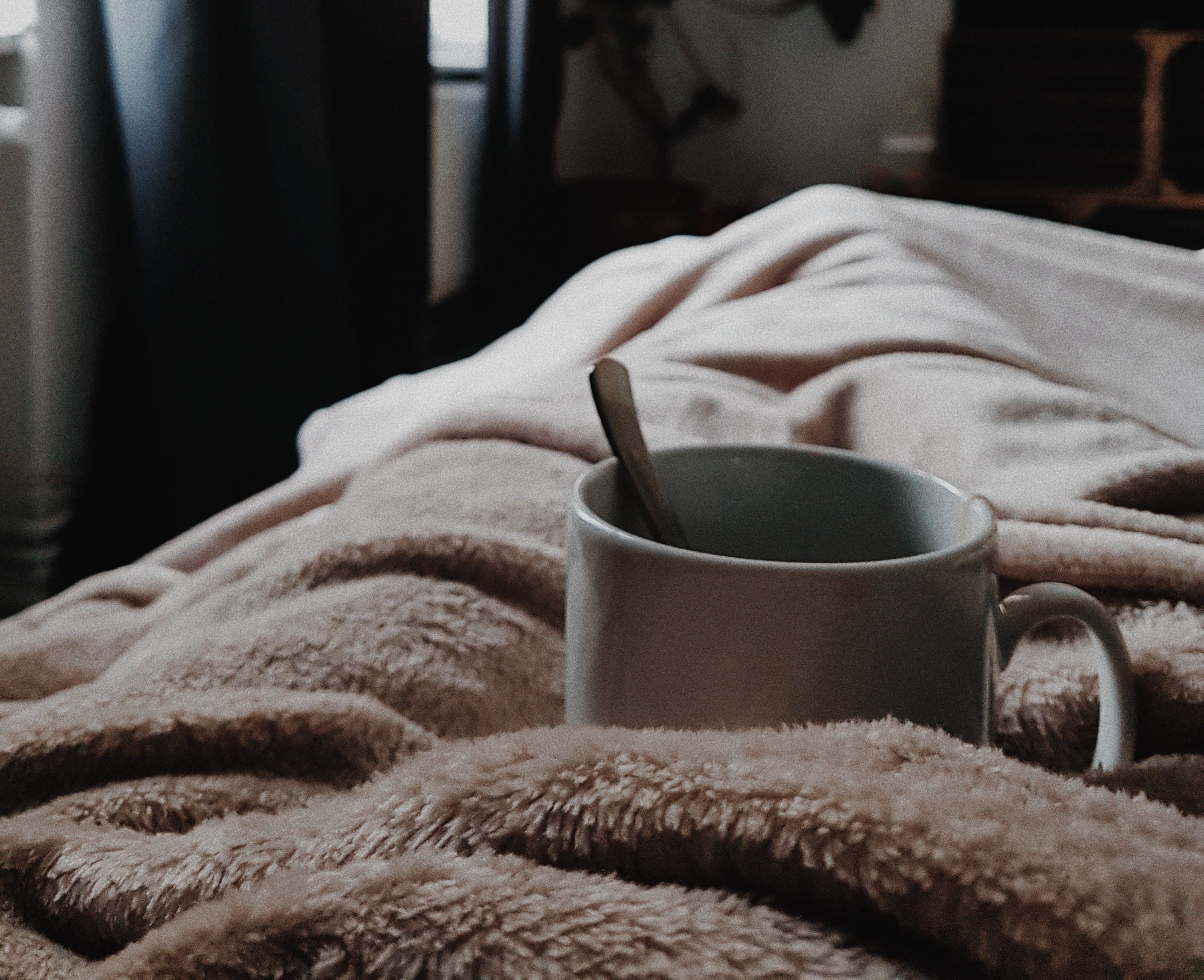
Supportive Skincare: What, Why, and How
As mentioned in this previous blog post, our bodies are very cool, very smart, and very connected, and our skin is no exception. It’s for this reason that, since our start six years ago in our founder’s former Brooklyn apartment to our current home base in New Orleans, Oxalis has been focused on providing our community with supportive skincare.
But what exactly does supportive skincare mean?
Supportive skincare is a philosophy rooted in the already-mentioned notion that our bodies possess a miraculous natural intelligence, and this inherent functionality doesn’t need replacement, suppression, or destruction. Supportive skincare is also rooted in the notion that there is no “bad” skin or “good” skin. It also doesn’t seek the fountain of youth or turning back the hands of time. Supportive skincare embraces skin for what it is: skin, with an understanding that sometimes- like any other system in our body- it can get a bit out of balance. That’s where a supportive regimen comes in. It’s more so grooming and maintenance for our complexion, less so trying to control it.
We know, this is where it gets tricky, because wait- haven’t we been told our entire lives that we should control all aspects of our body, especially if we live in the bodies of women or POC? A lot of beauty culture capitalizes on this messaging and the related narratives that surround it, as well as the skin-specific messaging that 1. tells us there’s bad and good skin and 2. that aging is the enemy. The result is an alluring market of quick “fixes” that may actually be not-so-good for the long term health and happiness of our skin’s microbiome and moisture barrier, even if they might make your skin wrinkle-free and clear in the short-term.
How can we practice supportive skincare?
There are a lot of ways to practice supportive skincare. Personally, we’re fans of paring back our routine; sometimes, we’re using so many different things that it can be hard to know what is helping, hurting, or really doing much at all. Getting minimal, even if only for a few days or a week, can bring a lot of clarity, and maybe can give our skin some relief. From there, paying attention to our skin, and our bodies as a whole, is the most important thing. Know what it is that you’re applying, and separate from what anything or anyone is telling you to use, what is your skin responding to? If you wake up and your skin feels healthy and looks good to you, maybe all you need is a splash of water and a drop of the skin-compatible oils in Daily Glow. Later, especially if you wear makeup, you may want a deeper cleanse. Some days, you might do the whole damn thing: a decadent bath while wearing a face mask, followed by a luxurious-feeling, skin-healing combination of deliciously-scented botanicals, for your body and for your face. Tune in with the intention to nourish, not control.
Practicing supportive skincare is also about remembering that your skin isn’t disconnected from the other parts of your body and your life. Stress, sleep, food, sex, joy, it all matters. Sometimes less is more. Sometimes less lets you focus more on living. Balanced life, balanced skin.
EXTRA READING: Some science about the microbiome and moisture barrier.
Like the rest of the body, skin is jam-packed with trillions of tiny bugs, mites, and bacteria. Sort of gross, also cool. These tiny bugs, mites, and bacteria are the inhabitants of our skin microbiome and are often referred to as our skin flora (because flora sounds a little better than bugs). These little microbiota work together to live in harmony among one another and with the flora throughout every other system in our body, from our gut to our immunity to our hormones, and some harsh products and practices can be hard on them.
Once you start to reframe your skin as a living, breathing community, you can start to develop a more intimate, understanding relationship with it. As this study done at the Genetics and Molecular Biology Branch of National Human Genome Research Institute states:
“The perception of the skin as an ecosystem — composed of living biological and physical components occupying diverse habitats — can advance our understanding of the delicate balance between host and microorganism.”
The moisture barrier, on the other hand, is the home our skin flora inhabit, and the two help maintain the health of the other. Comprised of several different layers, the moisture barrier is both a protective shell and the hydration manager, secreting and regulating the natural oil production that keeps our skin balanced, moisturized, and healthy.
These two systems inherently know what they’re doing. They definitely can get a little out of whack, whether that’s due to a regimen that doesn’t agree with you, something environmental, or something happening in another area of your body, and getting them back on track through supportive means requires listening, usually a whole lot of patience, and trust in our bodies. Because again, we don’t want to replace, suppress, or destroy any functions. We just want to provide the best environment and the right nutrients.
Supportive skincare. Where to start?
The Everyday Face Kit. Everyday basics that work with your body to gently nurture and maintain your skin’s health, never against.
The Starter Kit. Just wanting to dabble? Give this a try.
The Self-Care Kit. Because skincare is about soul care, too.



